Roadblocks divert car industry gains
 |
| A number of factors stand in the way of becoming a car manufacture hub, Photo: Le Toan |
In January, auto imports from ASEAN countries skyrocketed following tariff reductions throughout the region. The number of completely-built-up (CBU) vehicles with less than nine seats totalled 3,408 units in January, up 233 per cent compared to the same period in the previous year. This figure is equal to 45 per cent of the overall import volume in 2016, according to the General Department of Vietnam Customs.
Vietnam spent roughly $31 million importing 1,585 vehicles from Thailand in January, up 55 per cent in volume and 209 per cent in value year-on-year. Meanwhile, vehicles imported from Indonesia rose 1,800 per cent, reaching 1,823 units worth $35 million.
“With rising auto imports, several Japanese automakers may reduce production in Vietnam or shut down altogether in order to focus on Thai and Indonesian vehicle imports,” said Takimoto Koji, chief representative of the Ho Chi Minh City office of the Japan External Trade Organization (JETRO), at a press conference launching a late-2016 JETRO survey on the industry.
A car manufacturer is only profitable when the production line has a minimum output of 200,000 vehicles per year, according to Koji.
However, Vietnam’s automobile industry has an annual production capacity of 250,000 units compared to over two million in Thailand. The market share has been getting smaller as many carmakers have established a presence in the country.
Based on sale figures released by the Vietnam Automobile Manufacturers’ Association (VAMA), Toyota and Truong Hai Auto have the majority of the market share in Vietnam with average sales of 50,000 vehicles. The business scale is quite small compared to regional peers.
“To battle with the challenges from ASEAN tariff reductions, four Japanese automakers with manufacturing facilities in Vietnam – Toyota, Mazda, Honda, and Suzuki – are likely to relocate production outside of the country,” the JETRO official warned.
JETRO has urged Vietnam to take measures and have supportive policies for the automobile sector for the next two years. The organisation said the country needs to increase the domestic car market volume to retain local assembly.
Chris Humphrey, executive director at Singapore-based EU-ASEAN Business Council, stated that competition from previously established car plants within the region and declining intra-ASEAN tariffs are Vietnam’s key issues in the industry.
Speaking at a forum titled “EU-Vietnam Free Trade Agreement: A game changer for Vietnam in ASEAN”, Humphrey mentioned that large auto-producing countries with well-established plants likes Thailand, Indonesia, and Malaysia have been receiving investment from Korean and Japanese carmakers for several years.
Production hubs not only produce vehicles for the domestic market but also export to other countries within the region. Building a car plant is a huge investment for a company. Therefore, investors do not want to replicate it in different markets if they can produce in one location.
Vietnam’s domestic car market is not big enough to support large-scale automotive production. Thailand produces several million vehicles per year compared to Vietnam, which produces a few hundred thousand cars per year.
Narrowing that gap is a massive step for Vietnam to implement at the moment as the amount of investment to catch up with regional markets is too huge, according to Humphrey.
“The key for Vietnam is getting into the regional supply chain by producing car components. As a result, Vietnam can be more involved in the industry and generate jobs without the capital,” he said.
When the EU-Vietnam Free Trade Agreement (EVFTA) comes into effect in 2018, Vietnam has distinctive advantages over other ASEAN neighbours to build an export industry to Europe and woo European investment to Vietnam.
Other countries like Indonesia and the Philippines are in negotiations for free trade agreements with the EU that will likely commence two years after EVFTA’s start.
Humphrey stated that Vietnam is in possession of a low-cost base. By increasing concentration as auto part makers, EVFTA will provide Vietnam the potential to become one of the fastest growing car markets in ASEAN over the next 20 years.
Challenges remain for Vietnam, as competition from Thailand and Indonesia is fierce and infrastructure and anti-congestion issues have not yet been resolved.
Humphrey indicated that the technical standards in the region are not high enough to facilitate car exports to markets like the EU and US. When European manufacturers come to ASEAN with more environmentally-friendly cars, they try to raise the quality of the products in the region.
“Car manufacturers in Europe adhere to the United Nations Economic Commission for Europe (ECE) regulations as the international standard for safety and production facilities.
To capitalise on the opportunities from EVFTA, auto parts makers in Vietnam should upgrade their facilities to achieve ECE standards, so they can export car components to other countries around other world,” Humphrey suggested.
| RELATED CONTENTS: | |
| Multi-million dollar tax arrears catch up to luxury car importers | |
| Car industry shifting to accommodate import | |
What the stars mean:
★ Poor ★ ★ Promising ★★★ Good ★★★★ Very good ★★★★★ Exceptional
Latest News
More News
- European business confidence at highest since 2022 (April 08, 2024 | 09:55)
- Where is environmental governance in FDI attraction? (April 08, 2024 | 09:45)
- 2024 is expected to see fiercer competition in FMCG (April 04, 2024 | 16:53)
- Vietnamese startups bag $35.7 million in first quarter of 2024 (April 02, 2024 | 16:40)
- Investors increasingly optimistic about manufacturing sector (April 01, 2024 | 14:51)
- Soaring German investments are testament to trust in Vietnam (April 01, 2024 | 09:52)
- Prime Minister works with Japan Business Federation (March 29, 2024 | 08:00)
- Game-changing ESG initiatives expected (March 26, 2024 | 09:09)
- FDI flows in Vietnam forecast to boom this year (March 22, 2024 | 11:56)
- Businesses face mounting hardships amid rate hike (March 20, 2024 | 16:33)



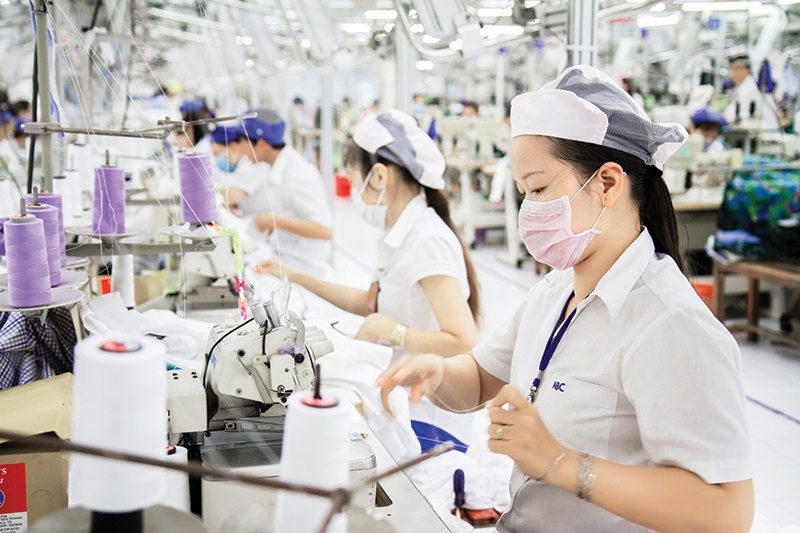
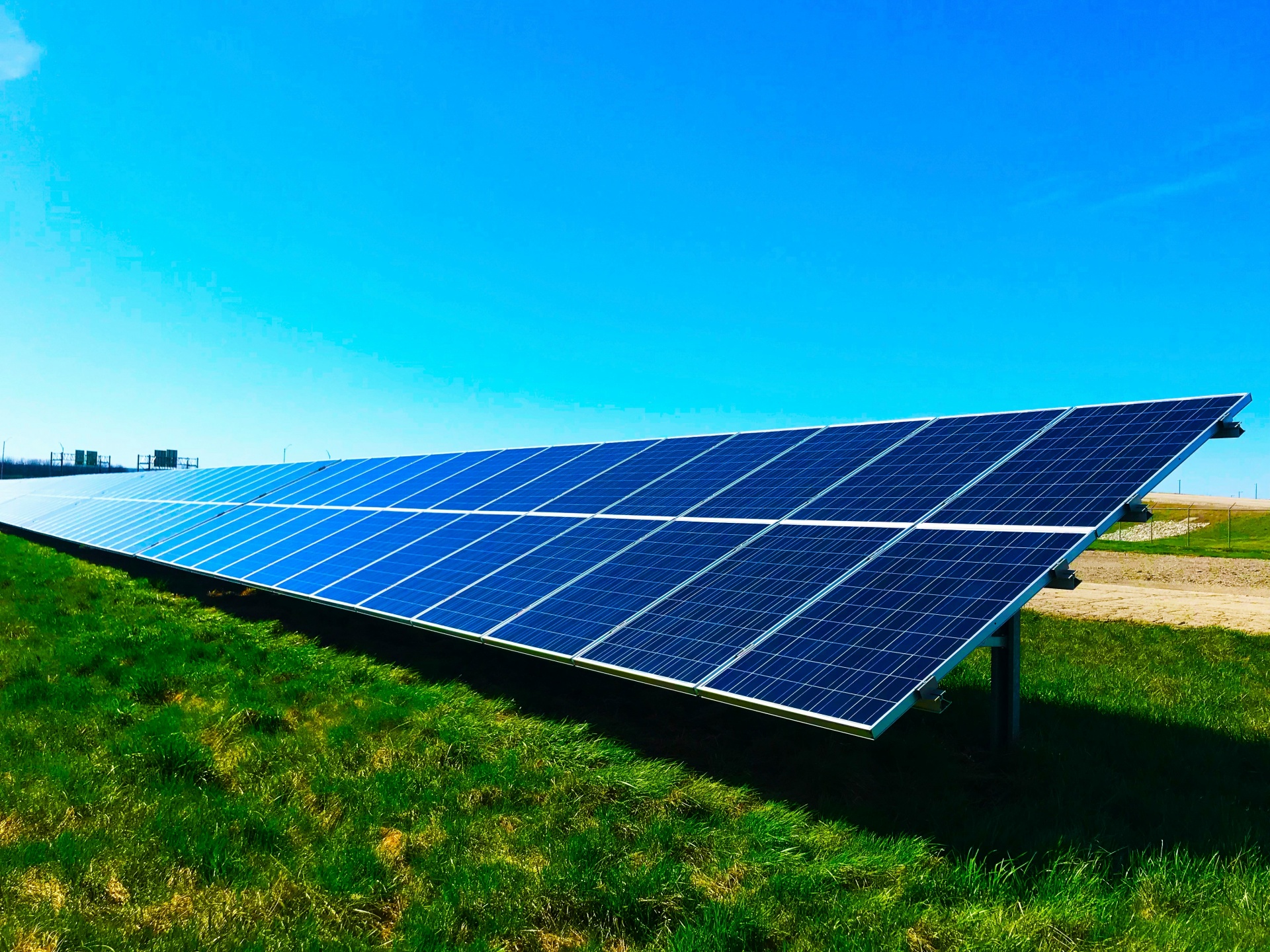
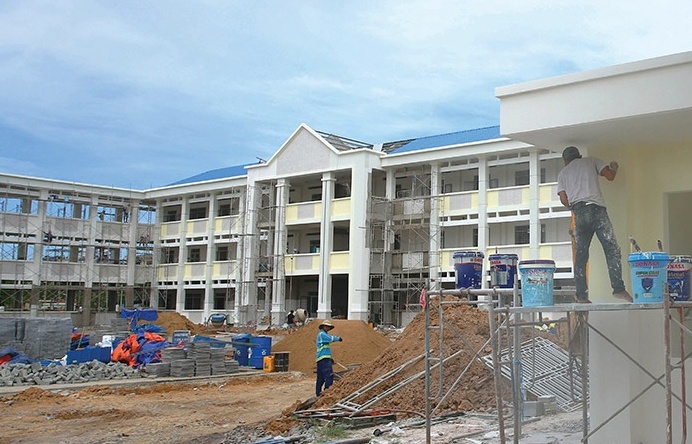
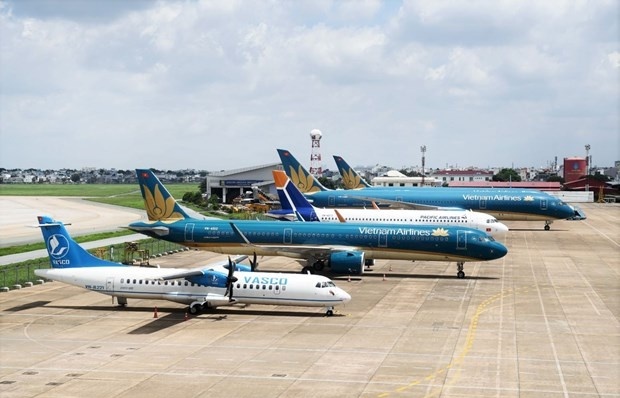
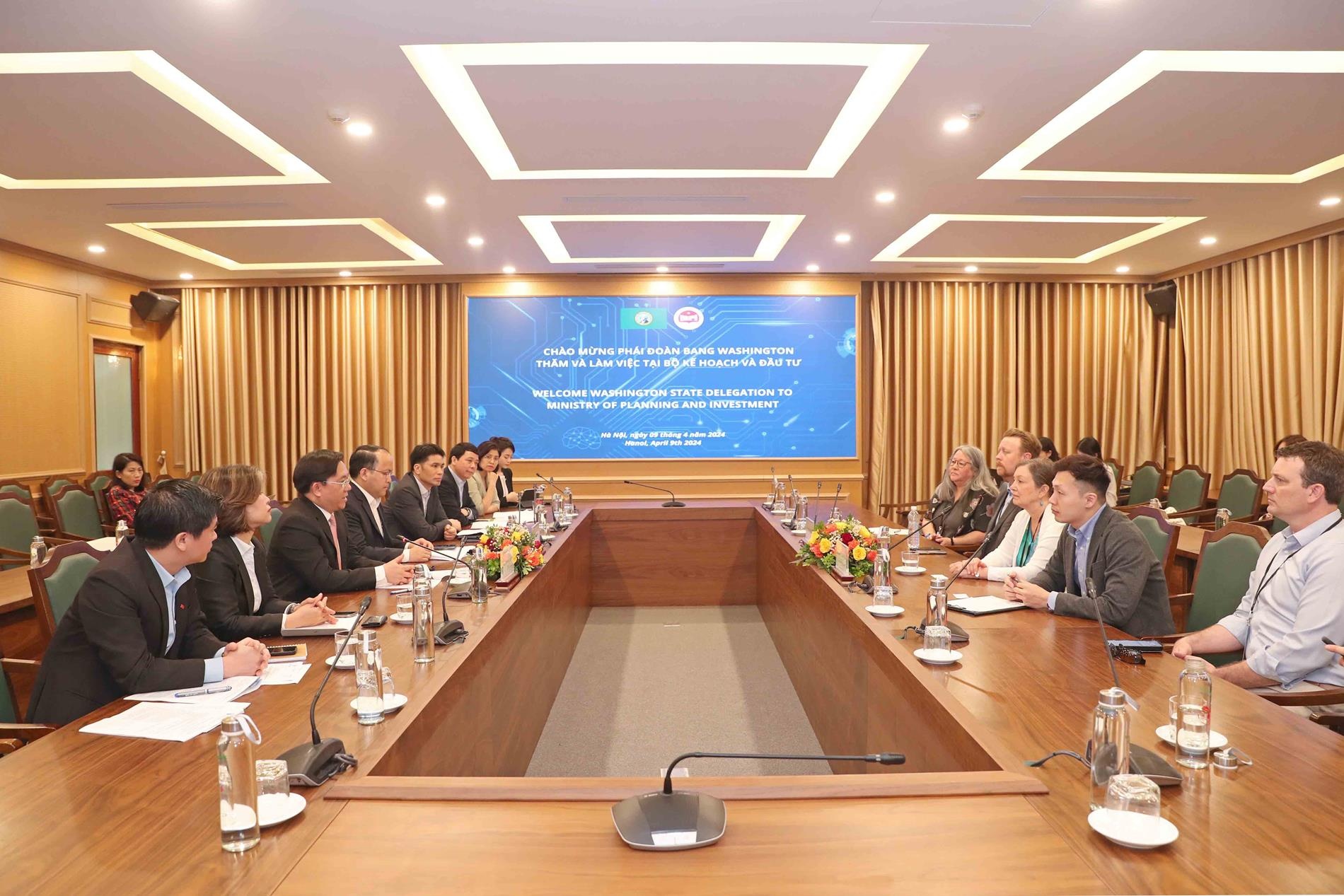
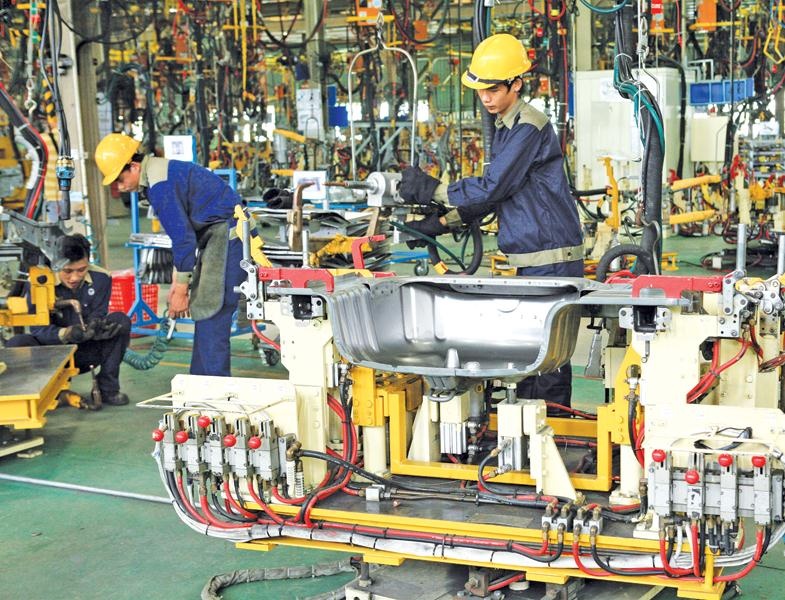









 Mobile Version
Mobile Version